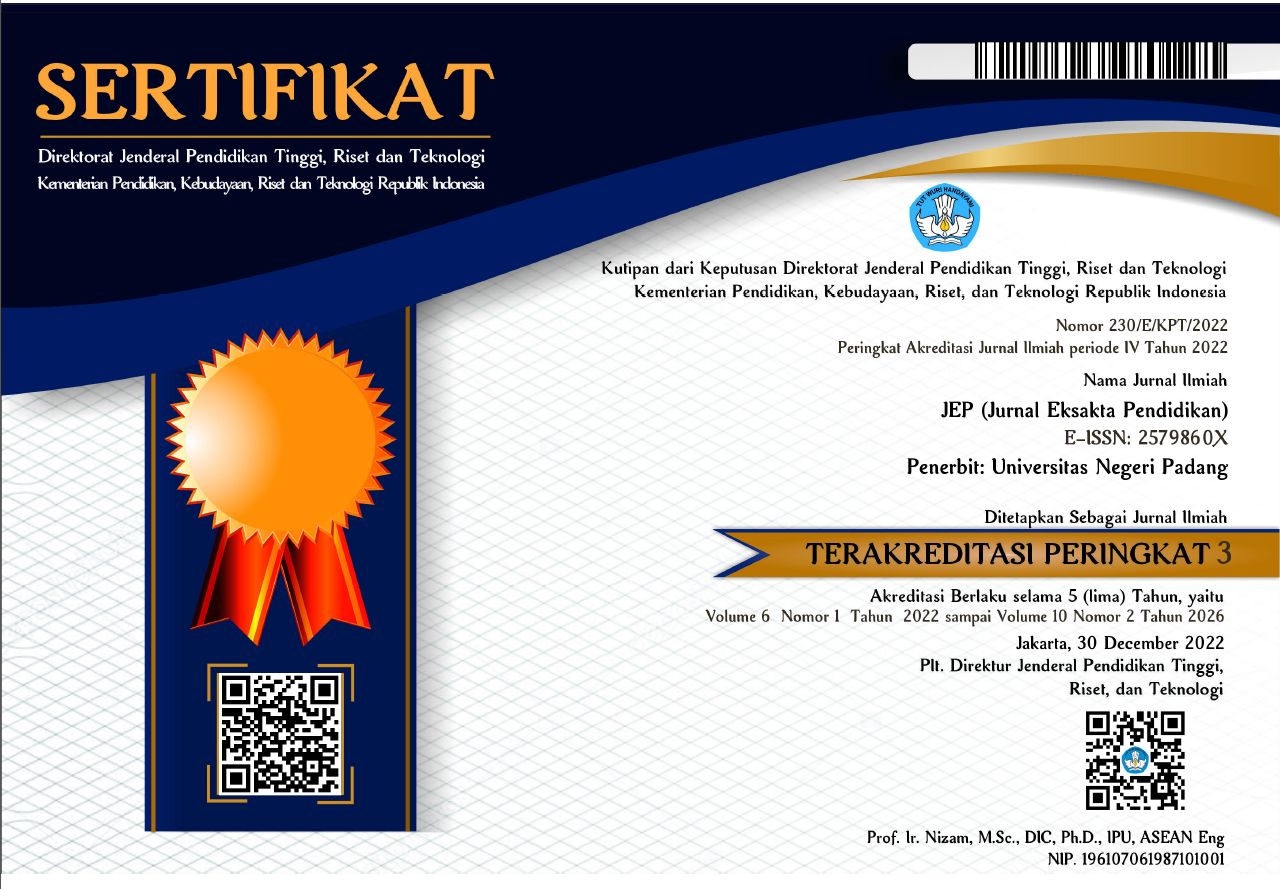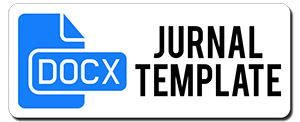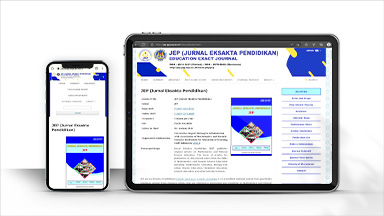Upaya Peningkatan Kemampuan Analisis Data Penelitian Menggunakan Software Statistik Bagi Guru-Guru Matematika SMA Kabupaten Pesisir Selatan
Abstract
Scientific publication is one of teacher’s duty to increase their rank, form III/b to III/c. Base on interview with Senior High School teachers at Pesisir Selatan regency, we know that difficult for them to produce scientific publication caused by their ability on choosing data analysis technique which relevant to their case, teachers cannot use the statistical software because its not familiar for them, and they have low quality in interpreting data analysis result. To solve the problems, we offer a workshop of data analysis on scientific writing using statistical software. The target audiences of this workshop is a Group of Teachers on Mathematics Major (MGMP) in Pesisir Selatan. In this workshop, participants are given the basic concept and how to write a scientific writing, basic concept of statistics, and introduction to statistical software i.e. Minitab and SPSS. Beside that, with practical work, the participants learn how to use statistical software and interpretate the data analysis result. Result of the workshops are (1) increasing the ability of participants skills on analysis the data using statistical software and interpretate it.
Downloads
References
Bluman, A. G. 2012. Elementary statistics: A step by step approach. 8th ed. New York: McGraw Hill.
Castro Sotos, A. E., Vanhoof, S., Noortgate, W. V. den, & Onghena, P. 2007. Students’ misconceptions of statistical inference: A review of the empirical evidence from research on statistics education. Educatio-nal Research Review, 2, 98 – 113.
Depdiknas. 2005. Undang-undang Nomor 14 Tahun 2005 tentang guru dan dosen. Jakarta: Depdiknas.
…………, 2009. Peraturan Menteri Negara Pendayagunaan Aparatur Negara dan Reformasi Birokrasi Nomor 16 Tahun 2009 tentang Jabatan Fungsional Guru dan Angka Kreditnya. Jakarta: Depdiknas
Garfield, J., & Ahlgren, A. 1988. Difficulties in learning basic concepts in probability and statistics: implications for research. Journal for Research in Mathematics Education, 19, 44-63.
Glenberg, Arthur M. & Matthew E. A. 2008. Learning from data: an introduction to statistical reasoning. New York: Lawrence Erlbaum Associate.
Haller, H., & Krauss, S. 2002. Misinterpretations of significance: A problem students share with their teachers? Methods of Psychological Research, 7(1) : 1 – 20.
Hasan, Iqbal. 2004. Analisis Data Penelitian dengan Statistik. Jakarta: Bumi Aksara.
Holt, Melinda, M. & Scariano, Stephen. M. 2009. Mean, Median and Mode from a Decision Perspective . Journal of Statistics Education 17(3): 1-16.
Mahsunah, dkk. 2013. Kebijakan Pengem-bangan Profesi Guru. Jakarta: Kementerian Pendidikan dan Kebudayaan.
Mendez, H. 1991. Understanding the central limit theorem. (Doctoral dissertation, University of California, Santa Barbara, 1991). Dissertation Abstracts Internati-onal, 53, 2722.
Thompson, P., Liu, Y., & Saldanha, L. 2007. Intricacies of Statistical Inference and Teachers’ Understandings of Them. In M. C. Lovett & P. Shah (Eds.), Thinking with data (1st ed., hal. 207 – 231). Mahwah, NJ: Psychology Press.
Walpole, Ronald. E. 1993. Introduction to Statistics, 3rd edition. New York: John Willey & Son

This work is licensed under a Creative Commons Attribution 4.0 International License.




_(2579-860X).png)
_(2614-1221)1.png)




